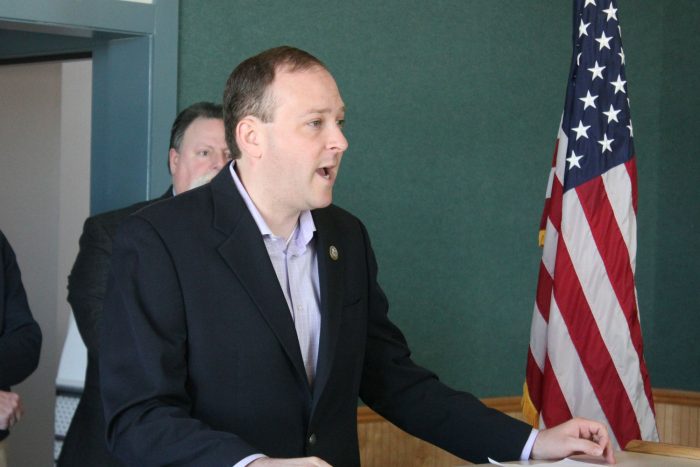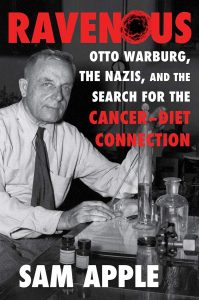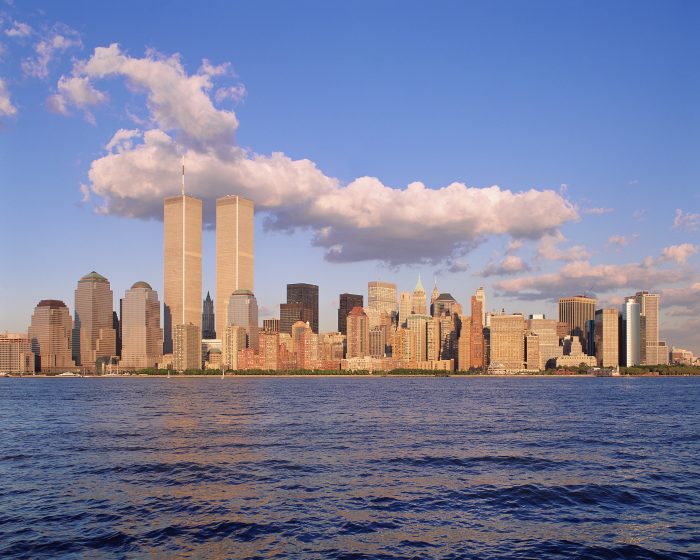Last week, Congressman Lee Zeldin (R-NY1) formally announced that he is now in remission from leukemia.
The Shirley native said that back in November 2020, he was diagnosed with the illness and after nine long months he’s now cancer-free.
It’s impressive. Zeldin has done quite a lot while battling cancer — and keeping it quiet from the public.
He won his reelection the same month he was diagnosed; he was in Congress when the insurrection in the U.S. Capitol happened in January; he announced his run for governor and has been campaigning for that office since.
While he has been busy at work throughout his treatment, he also has done some things that a typical cancer patient would absolutely steer away from.
We’re happy to hear that he’s healthy again and he has beaten a disease that has taken thousands of lives. But what’s most concerning is that while going through chemotherapy, he chose not to wear a mask and, in fact, has taken a strong stance against them.
Masks are protecting others — such as Zeldin now — who have compromised immune systems, and who are most at risk.
It was discouraging to know now that the congressman has held several anti-mask and Unmask Our Kids rallies, where people were in close proximity to each other.
Zeldin was the lucky one — other people are not always so lucky and with new variants spreading, immunocompromised people could be hit harder.
According to a new study published by University College London, cancer has become an increasing public health priority in the U.K. after vaccines and other measures continued to contain the spread of COVID-19. Findings from the study showed 40,000 late diagnoses of cancer due to a lack of emergency referrals by general doctors and fewer face-to-face appointments. Delays caused by lockdown could result in 10,000 people dying of cancer “significantly earlier” than would otherwise have been the case.
Could the U.S. follow suit?
We hope that representatives such as Zeldin, who now has personal experience to relate to, will reconsider their stances on anti-masking, vaccinations and general public health.
The cold months are coming, and germs will be everywhere — we need to keep each other safe.


















